To understand the foundations of Meditative Philately, some fundamental knowledge about the yantras will be necessary.
Yantra: Generally, this term is translated as “machine, tool, instrument, artifact, apparatus, or symbol.” These are geometric shapes that represent different aspects of divinity. These diagrams can be engraved in copper, silver, or gold plates or be drawn on the leaf of a bhūrja (birch tree). Devotees treat them with the same respect and devotion as the aspect of God they represent. Visualizing yantras helps transcend the dual plane.
śarīram iva jīvasya
dīpasya snehavat priye
sarveṣām api devānāṁ
tathā yantraṁ pratiṣṭhitam
“Like the body for the soul and oil for a lamp, the yantra is the seat of all deities.” (Kulārṇava Tantra, 6.87)
Yam means “control” and tra “protect.” Yantras are diagrams charged with mystical energy that protect us by helping us control the six passions. They are powerful instruments capable of awakening different powers and energy circuits in the sādhaka.
kāma-krodhādi doṣottha
sarva-duḥkhani yantraṇāt
yantram ity āhur etasmin
devaḥ prīṇāti pūjitaḥ
“Because it controls all the pains that arise due to kāma, krodha, and so on (the six impurities: desire, anger, greed, pride, attachment, and jealousy), it is called yantra. The deity is pleased when is worshipped in the yantra.” (Kulārṇava Tantra, 6.86)
For a yantra to be effective and suitable for worship, it must be properly consecrated. In rituals, yantras are used for six different purposes, or ṣaṭ-karmas:
1. To control, or vaśī-karaṇa.
2. To immobilize, or stambhana.
3. To evoke hatred, or vidveṣaṇa.
4. To expel, or uccāṭana.
5. To murder, or māraṇa.
6. To bestow peace and nourishment, or śāntika-pauṣṭika.
Dhāraṇa-yantras are worn around the neck or arms. If it comes in contact with a contaminated object or a corpse, the yantra loses its power. Some of the most important yantras and their effects are:
• Gaṇeśa Yantra: For wealth and prosperity.
• Hanuman Yantra: To acquire strength and safety in travel.
• Bhadrakālī Yantra: For knowledge, strength, and health.
• Sudarśana Yantra: To relieve illnesses and drive away malignant spirits.
• Subrahmaṇya Yantra: For exorcism or expelling demons.
• Cāmuṇḍā Yantra: To kill enemies.
• Śarabha Yantra: To heal epilepsy.
Just as there are many mantras to meditate on, there are also many yantra meditations. If sādhakas wish to access the profound wisdom contained in these sacred diagrams, they must seek the guidance of a spiritual master. There are also yantras for specific deities or aspects of divinity.
During worship ceremonies and rituals, it is customary to draw a yantra on the ground. For a deity installation ceremony (prāṇa-pratiṣṭhā), yantras can be engraved on a metal plate. Yantras are a link between the gross and the subtle. Like the mantras, they are only effective if aspirants infuse them with vital energy through the power of concentration. In reality, aspirants are worshipping their own vital energy infused into the yantra.
According to Śākta Tantra, the universe is a manifestation or expression of energy, though a common person may be not aware of this. That which is worshipped cannot be inferior to the worshipper and, therefore, vital energy must be infused into the object of worship by the worshipper. This process is carried out with the help of mantra-japa (meditative repetition of divine names), and the other four limbs of puraś-caraṇa (five-limbed worship practice).
pūjā traikālikī nityaṁ
japas tarpaṇam eva ca
homo brāhmaṇa-bhuktiś ca
puraś-caraṇam ucyate
“Daily pūjā at three prescribed hours, regular japa, tarpaṇa (offering water), homa (sacrificial fire), and feeding the Brāhmaṇas are the five-fold worship called puraś-caraṇa.”
(Kulārṇava Tantra, 15. 8 )
pārvaty uvāca:
vinā yantreṇa cet pūjā
devatā na prasīdati
tasmāt kathaya deveśa
yantram asyā manoharam
yasya darśana-mātreṇa
dāridrayṁ naśyati dhruvam
“Pārvatī said: ‘If worship is done without a yantra, the deity is not pleased. Therefore, O lord, please tell me about the beautiful yantra, which by mere looking at it, poverty is surely extinguished.” (Gandharva Tantra, 5.1)
The Śrī-cakra symbolizes the interpenetration of dynamic female energy (śakti) and passive male consciousness (Śiva). This diagram is used in rituals and meditation to help practitioners see they are one with the goddess, symbolized by the yantra. Tripura practitioners see the diagram as a dynamic map of reality, a substrate for ritual, and a focal point for meditation.
The guru is essential on this path, since many Śrī-vidyā mantras are considered more potent when received from a guru during initiation. It is believed that an aspirant has to be Śiva himself or be in the last birth to obtain the Śrī-vidyā mantra, and that one can worship Tripura only if she allows it.
It is believed that the mantras reveal the unity of the deity, the guru, the initiate, and the mantra itself. The first mantra that the initiate receives is the bala-Tripura-sundarī-mantra, which visualizes the goddess as a little girl. The next mantra is the pañca-daśī of fifteen letters. A higher mantra is the ṣoḍaśī of sixteen letters.
The practical benefits of this sādhana are physical, mental, and emotional health, which lead to harmonious relationships at home and with the external world. This grants success in all aspects of life. Followers of this sect aspired to achieve both material prosperity and self-realization.
Each chakra is represented by a yantra (geometric diagram). The vibration of the chakra is indicated with a Sanskrit letter, or bījākṣara, in the center of the diagram. A lotus flower with a different number of petals symbolizes the quantity of nāḍīs that intersect in the chakra. In each petal, we find the Sanskrit letters that represent the specific vibration of each nāḍī. These flowers are open or closed according to a person’s particular situation.
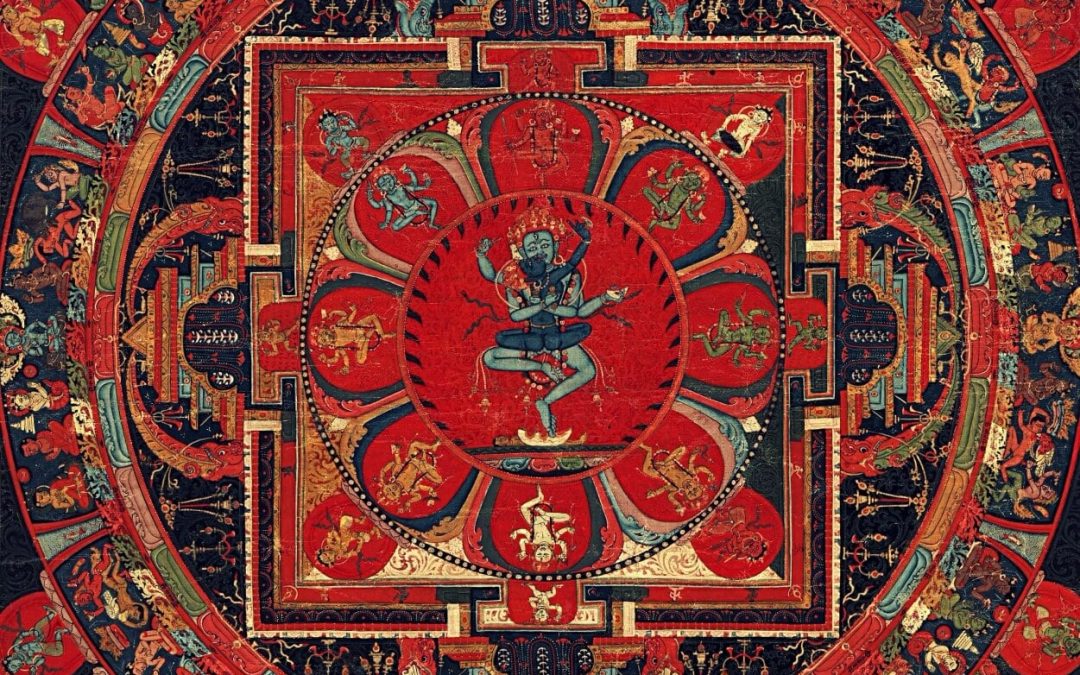
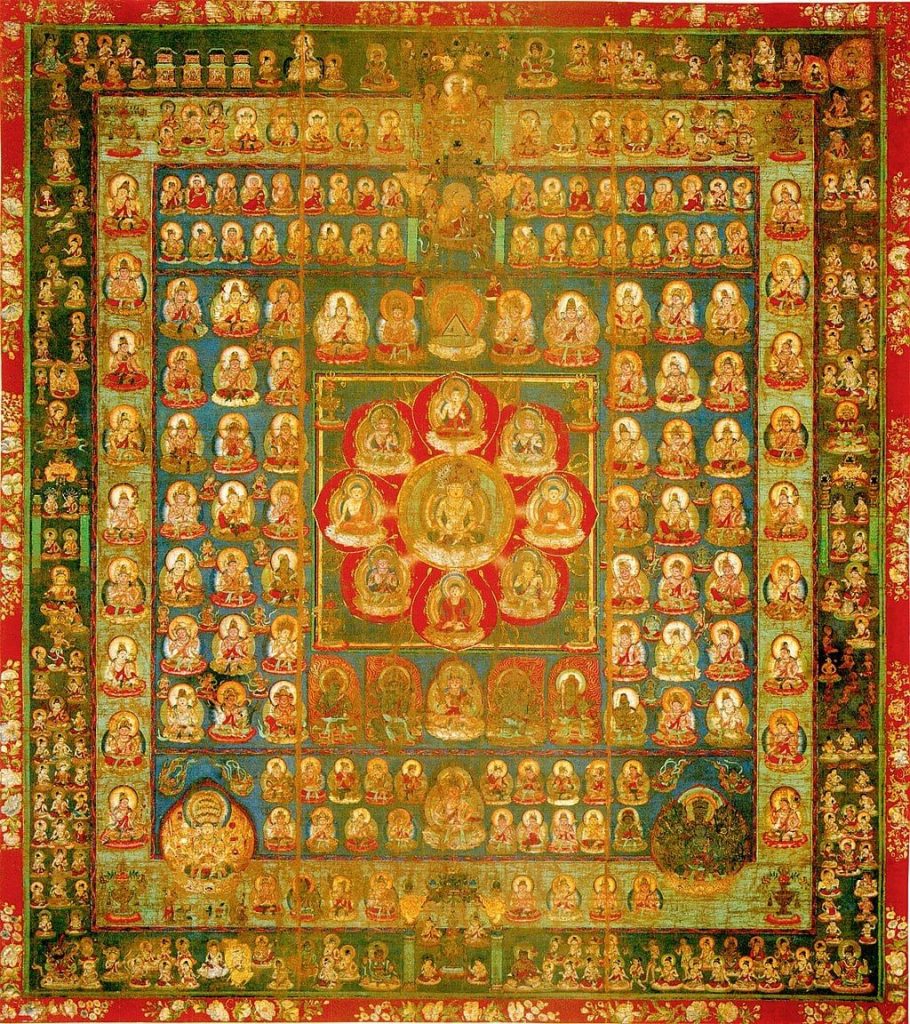
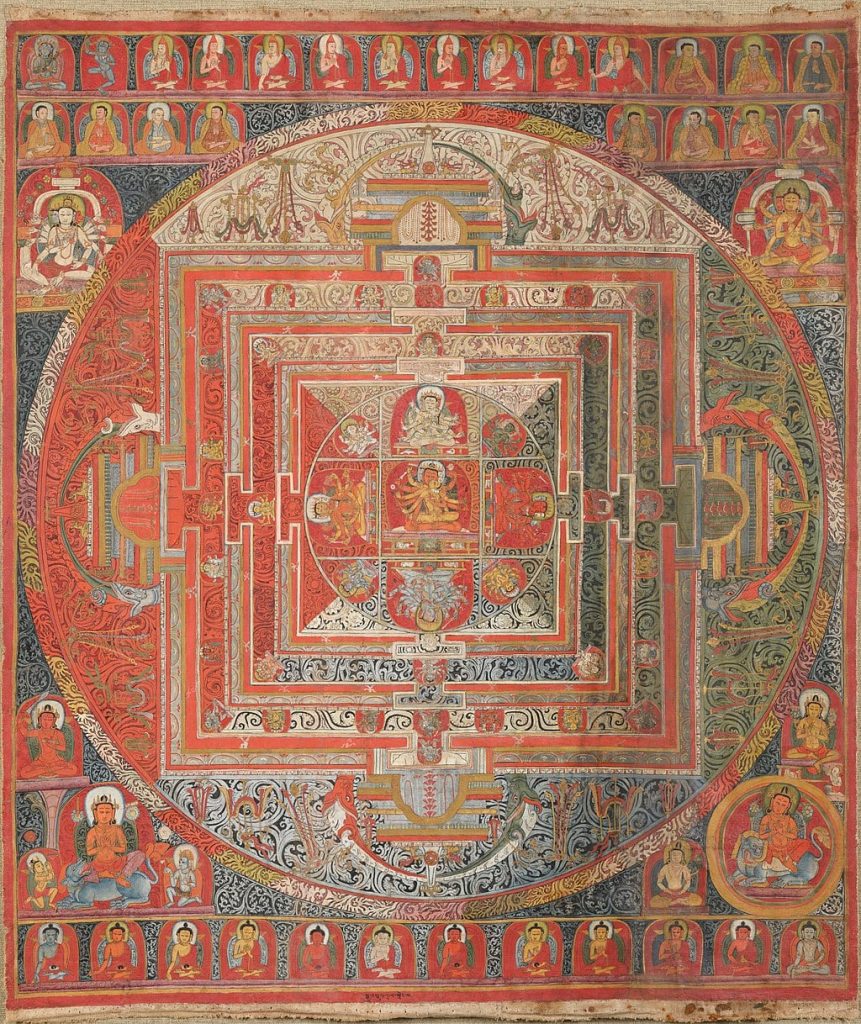
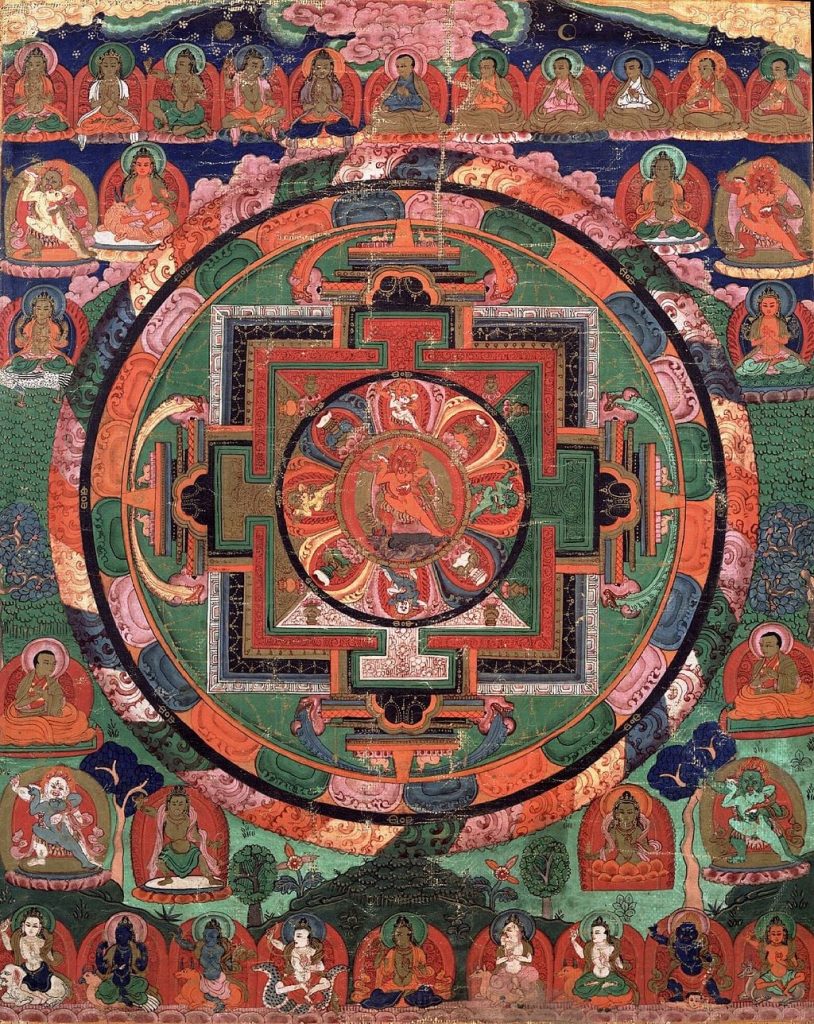

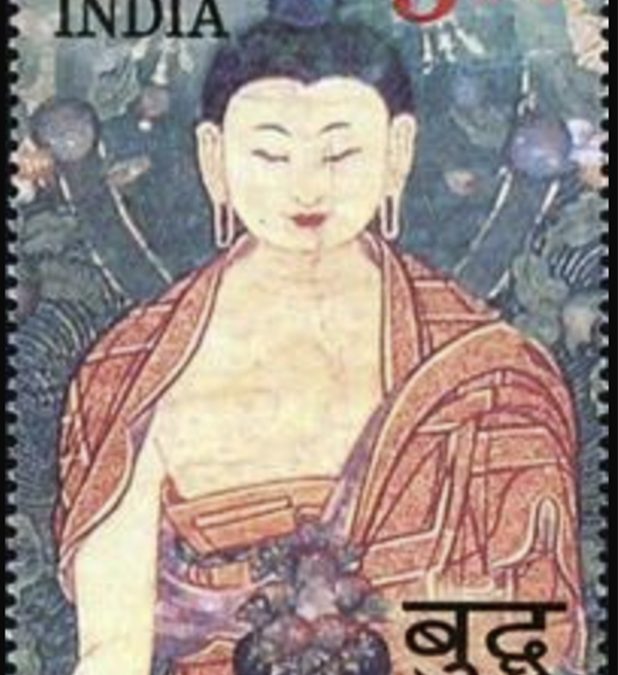
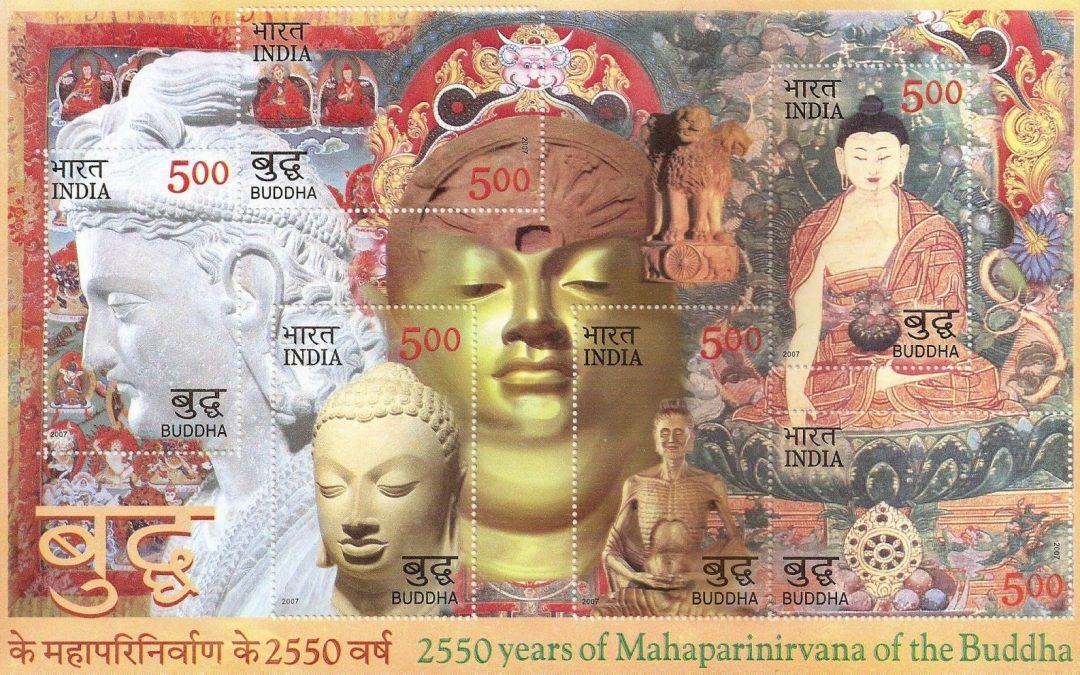
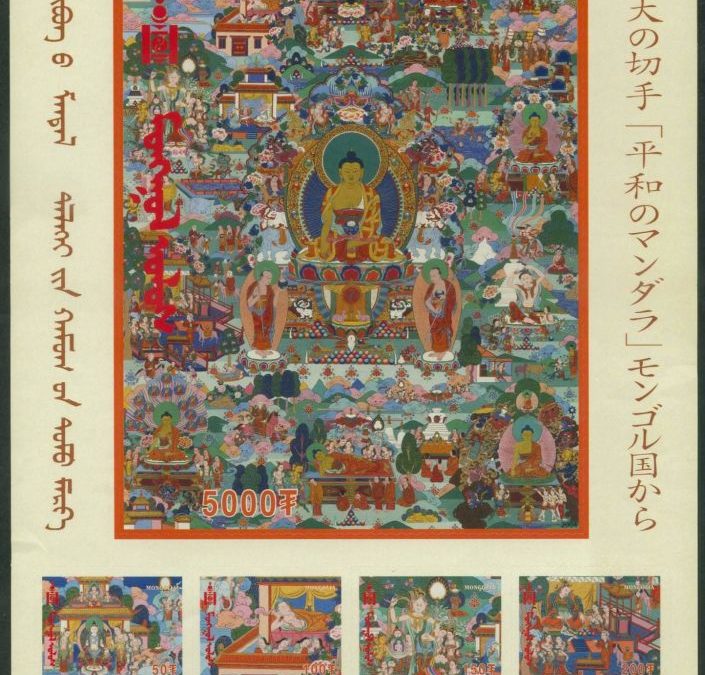
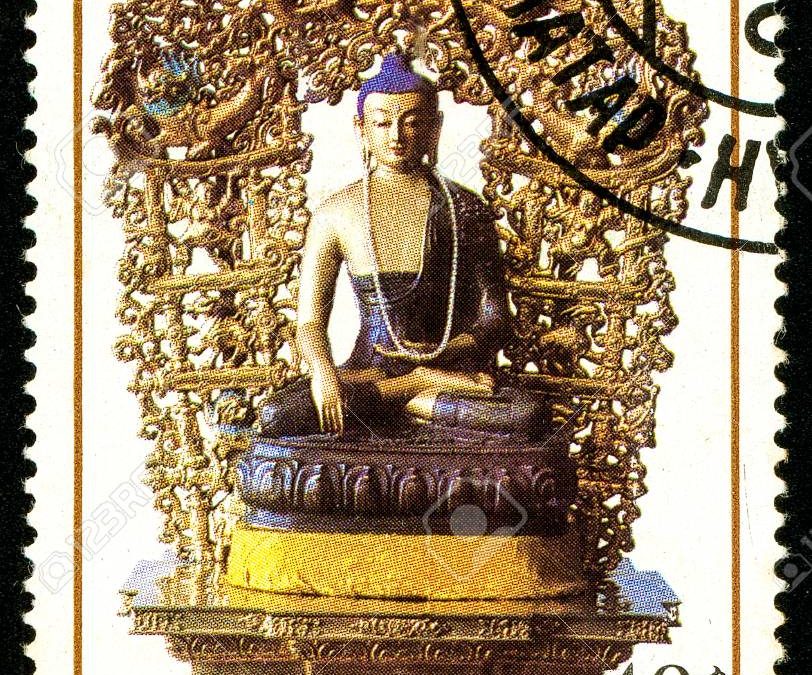
Recent Comments